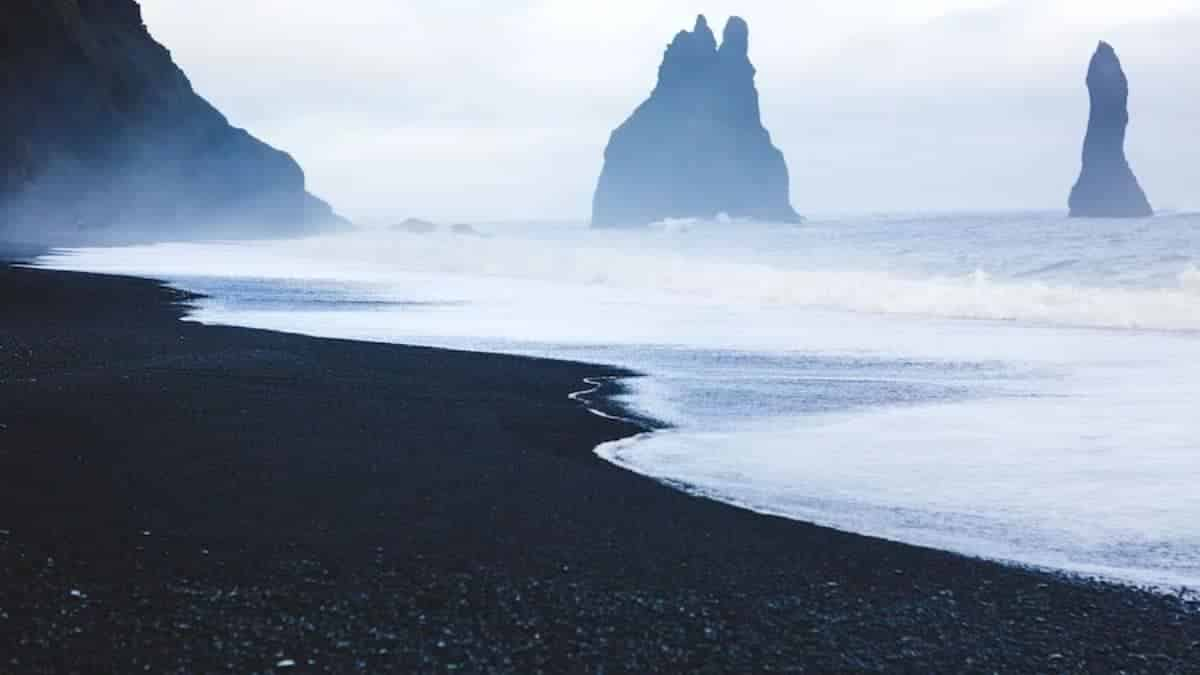Iceland: The ‘Exquisite Yet Hazardous’ Black Sand Beach And Sneaker Waves Alerted The Authorities

International tourists are drawn to Iceland’s most well-known black sand beach, yet due to its geology and the ocean’s unbridled strength, it can be fatal.
One of Iceland’s top tourist destinations is Reynisfjara beach, which is known for its turbulent surf and black beaches. Although it is renowned for its eerie beauty, sneaker waves have claimed the lives of tourists by carrying them out to sea.
Sneaker waves are a natural occurrence that takes place when several smaller waves combine their energy to form a single larger wave. It can happen as a result of ocean currents or, in the case of Reynisfjara, as a result of a nearby subterranean cliff that amplifies the wave’s pulling force.
Sneaker waves are extraordinarily strong, coming in considerably further than regular waves at Reynisfjara beach, and may easily wash an adult out to sea.
After the fifth tragedy at Reynisfjara occurred last month, a contentious debate about whether to shut the beach or put additional safety measures in place was restarted.
Waves are dangerous, and several signs are warning about this on the way to Reynisfjara. However, officials felt that more action was required in light of the most recent death.
Police incident records were reviewed by officials to establish whether wave height constitutes a serious risk to tourists. Green, yellow, and red color coding is used to highlight the hazard that waves represent.
When the waves are at their most hazardous, some government representatives have argued that the beach should be closed.


